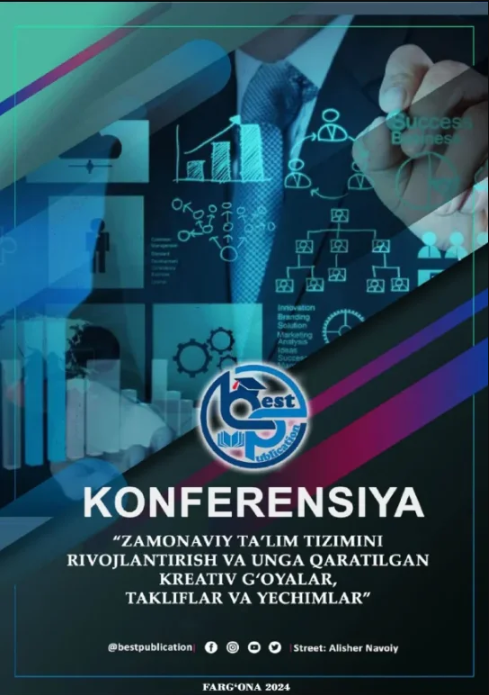ASSESSING LISTENING SKILLS IN THE CLASSROOM JIZZAKH BRANCH OF THE NATIONAL UNIVERSITY OF UZBEKISTAN
Keywords:
Listening assessment, language skills, classroom evaluation, listening comprehension, selective listening, technology in education.Abstract
This article explores comprehensive methods for assessing listening skills in the classroom, including selective, global, intensive, and inferential listening. It covers practical challenges, the role of technology, and best practices, aiming to enhance student comprehension and language proficiency.
References
1. Brown, H. D. (2004). Language Assessment: Principles and Classroom Practices. Pearson Education.
2. Buck, G. (2001). Assessing Listening. Cambridge University Press.
3. Field, J. (2008). Listening in the Language Classroom. Cambridge University Press.
4. Richards, J. C., & Schmidt, R. (2013). Longman Dictionary of Language Teaching and Applied Linguistics (4th ed.). Routledge.
5. Underwood, M. (1989). Teaching Listening. Longman.
6. Rost, M. (2011). Teaching and Researching Listening (2nd ed.). Pearson Education.
7. Ur, P. (2012). A Course in Language Teaching: Practice and Theory (2nd ed.). Cambridge University Press.
8. Alderson, J. C., Clapham, C., & Wall, D. (1995). Language Test Construction and Evaluation. Cambridge University Press.
9. Vandergrift, L., & Goh, C. C. M. (2012). Teaching and Learning Second Language Listening: Metacognition in Action. Routledge.
10. Hughes, A. (2003). Testing for Language Teachers (2nd ed.). Cambridge University Press.
11. Hujumova K. O. Language As A Means Of Communication And The Key Feature Of Translation In Teaching //Mental Enlightenment Scientific-Methodological Journal. – 2024. – Т. 5. – №. 03.
12. Obidovna, H. K. (2024). Ingliz Adabiyotida Mifologiya Va Folklordan Foydalanish. Образование Наука И Инновационные Идеи В Мире, 40(6), 54-56.





